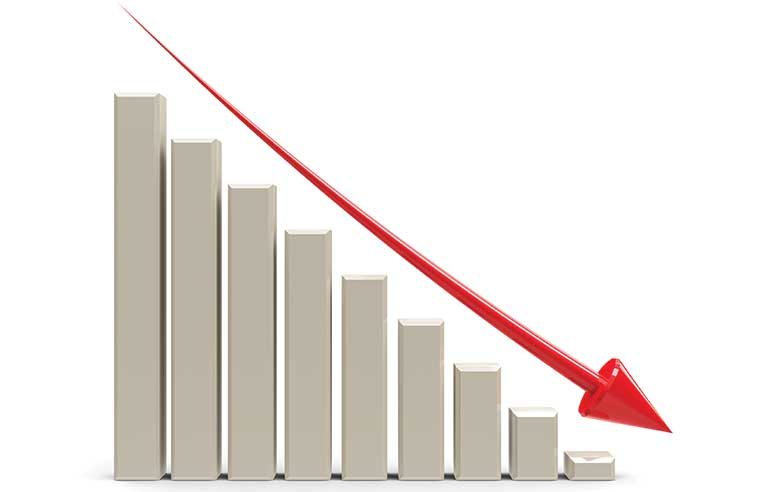Inspections, consultations continue to drive down workers’ comp rates in Washington state: report

Olympia, WA — Workplace safety inspections and consultations continue to reduce workers’ compensation claims rates in Washington, according to a recently released report by the state’s Safety & Health Assessment & Research for Prevention program.
In a comparison of state data from 2016 and 2017, researchers from SHARP examined 18,618 accounts based on five different criteria, including organizations with at least five full-time employees between fiscal years 2014 and 2017, and those with a single business location.
The report includes results based on fixed-site and non-fixed-site industries, along with smaller organizations with five to 24 five full-time employees. The researchers also tracked data for industries and companies that underwent an inspection or consultation visit from the Washington State Department of Labor & Industries, along with those that had no contact with the agency.
Among non-fixed-site industries, inspections by Washington DOSH led to a compensation claims rate reduction of 36.7%. For fixed-site industries, DOSH consultations were linked to a 30% decline. At workplaces without DOSH activity, non-fixed-site industries saw an average increase of 5.8% in the claims rate, while fixed-site industries experienced an average decrease of 3.1%.
Washington DOSH consultations had an especially big impact on small establishments with fixed sites, with a 58.2% decline in claims rates. Meanwhile, small establishments with non-fixed sites that underwent DOSH inspections saw a 44.1% reduction.
| Sign up for Safety+Health's free monthly email newsletters and get the news that's important to you. |
The report notes that the results are comparable to the state’s long-term data, dating to 1999. Since then, enforcement activity has had the largest impact on fixed-site industries, with a 12.6% average claims rate decline. Likewise, in non-fixed-site industries, the rate has decreased 8.8%.
“Enforcement inspections continue to make substantial contributions to reaching the agency’s goal of reducing workplace injury and illness rates in Washington state,” the report concludes.
Post a comment to this article
Safety+Health welcomes comments that promote respectful dialogue. Please stay on topic. Comments that contain personal attacks, profanity or abusive language – or those aggressively promoting products or services – will be removed. We reserve the right to determine which comments violate our comment policy. (Anonymous comments are welcome; merely skip the “name” field in the comment box. An email address is required but will not be included with your comment.)

